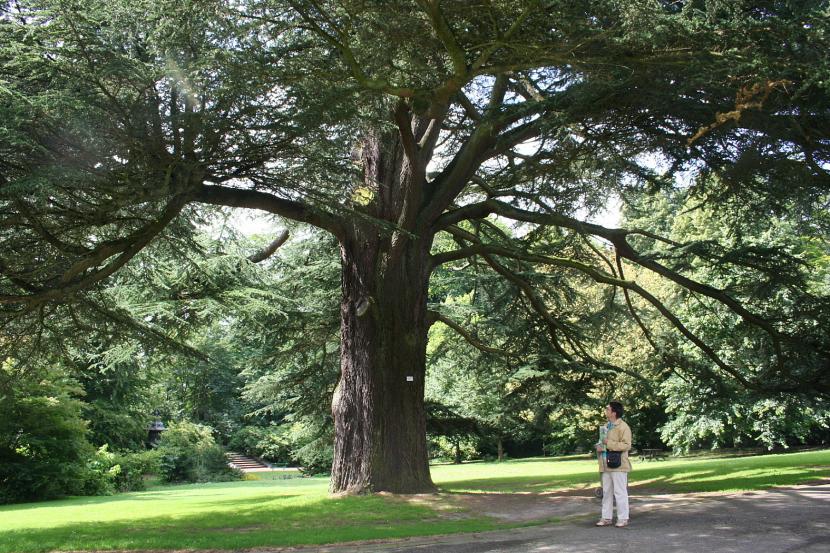
Cedar is the national symbol of Lebanon, which appears on its flag on a white background and flanked by two red stripes. Even the very name of the country seems to come from the word Luban, which would mean "mountain of perfumes", one of its most appreciated characteristics being the intense aroma that the tree's bark gives off.
Unfortunately the lush cedar forests that appear in the descriptions of the country by ancient historians have been disappearing over the centuries. Desertification has come a long way since those old days. The cedars that are still standing today are the object of special protection by the authorities, both for their natural value and for their cultural load. A good part of these last survivors is concentrated on the slopes of Mount Lebanon, a height that dominates Beirut, the capital of the country. It is the famous Bechare cedar forest.
Characteristics of the cedar of Lebanon
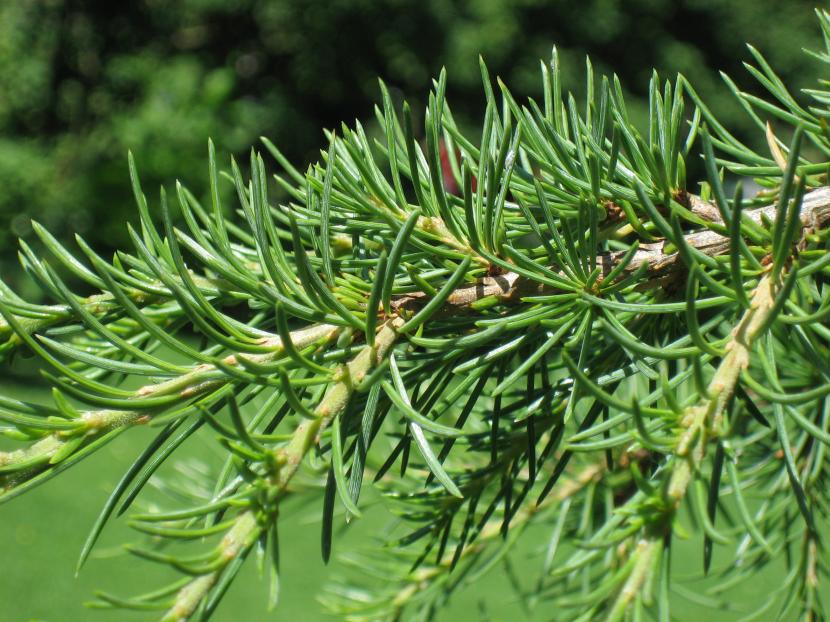
Cedar is the perfect plant to be the national symbol of the Lebanese, as it It is a tall, beautiful tree that also gives off a very pleasant aroma. This is a very slow-growing conifer native to the Middle East, belonging to the Pinaceae family (Pinaceae) and whose scientific name is cedar. It lives in mountainous regions, being above all between 1300 and 1800 meters above sea level.
It reaches a height of up to 40 meters and, like most conifers, it has evergreen leaves. These are deep green, rigid, up to 10cm long. The trunk is 2-3m thick in diameter. It has a very high quality wood, so much so that it can withstand the passage of time with hardly any damage. In fact, it was already highly appreciated in ancient times. According to the Bible, King Solomon used it to build the famous Solomon's Temple.
If we talk about the fruit, the cone, has a spherical shape and measures about 10cm in length. Inside are the seeds, which will germinate after having spent a few months in low temperatures, during spring.
This is a plant that easily withstands high temperatures and dry spellsHowever, it can be difficult if the winter is too harsh or if the soil is permanently wet.
Uses of cedar of Lebanon
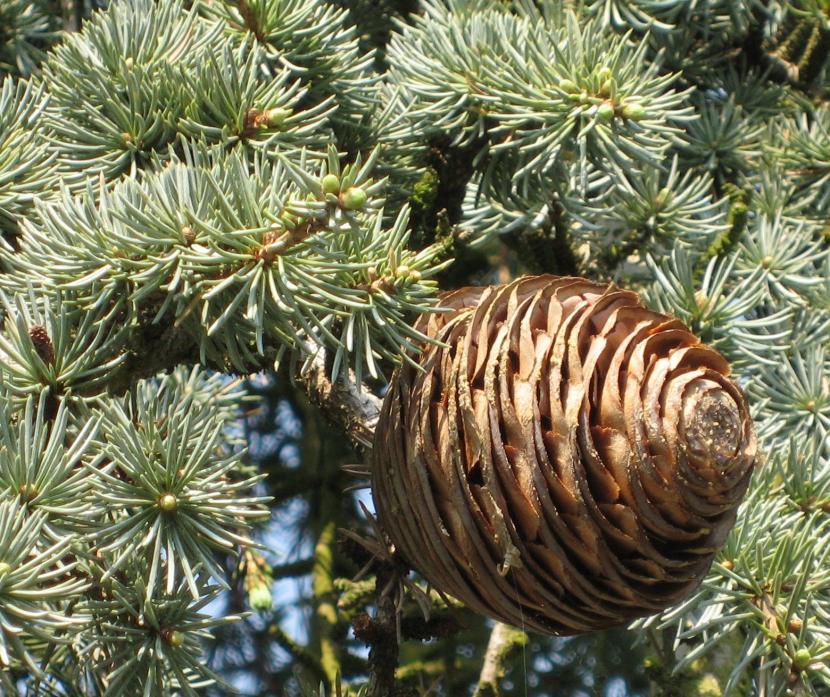
This is a conifer that, since ancient times, has been cultivated mainly for its wood. Very good quality furniture is made with it, which is very durable. What's more, it is very easy to work, so with it you can make musical instruments, toys, sculptures, etc.
Another use is as an ornamental plant. Although it is slow growing, its irregular bearing makes it a very interesting species to have in large gardens, either as an isolated specimen or planted in rows, as a hedge. Another of its qualities is that, unlike other cedars, supports limestone soils, so it is not necessary to have to give it any extra minerals (such as iron) for its growth and development are optimal.
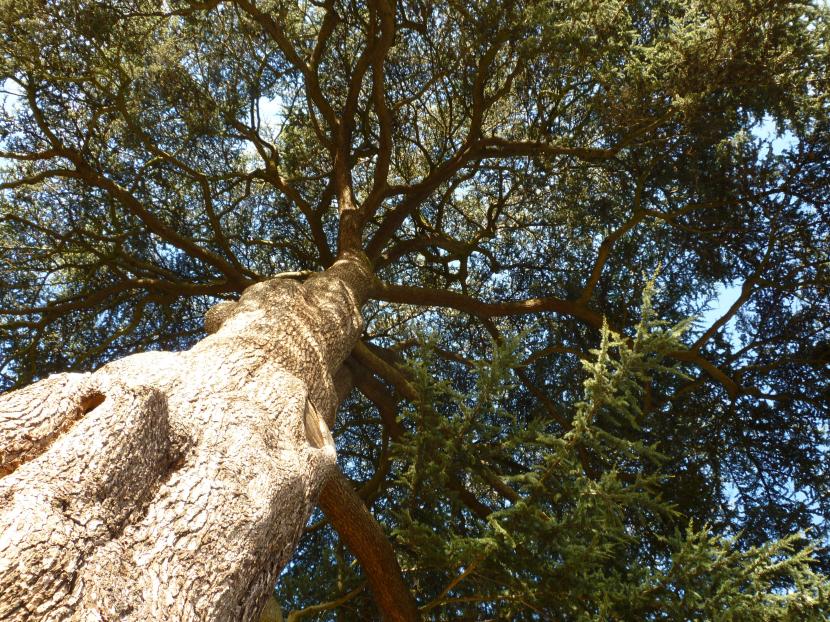
There are those who even have it as bonsai, achieving truly spectacular specimens that are passed from generation to generation. By having rather small leaves, you can work without having to complicate much with fertilizers, and as it can live for around 2.000 years, there is plenty of time to be able to have a very, very successful tree at home What's more resists pruning very well and it can live without problems in a narrow pot, of course, provided it is given proper care.
But apart from these interesting uses, we also want to emphasize that it has medicinal properties that cannot be ignored.
Medicinal properties of cedar of Lebanon
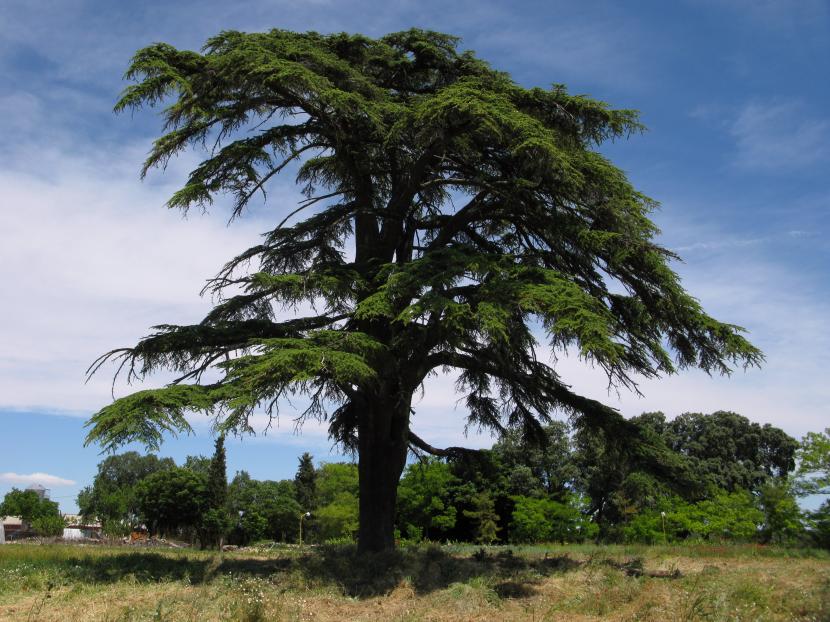
Cedar is used above all as antiseptic, since it helps fight infections. It can also be used to treat allergic skin reactions. But it will also help you to alleviate the symptoms of bronchitis, flu and cold, lower fever, stop diarrhea and / or vomiting, treat bleeding, and last but not least, it will repel and eliminate harmful internal parasites (worms) that you may have.
For this, practically the entire plant is used: leaves, root, Cortex y seeds. The preparation method is simple, since you only have to cook them and make an infusion. Of course, for wounds it will be much more advisable to take some young leaves from the tree, crush them into a fine paste, and apply them on a cloth directly to the skin. In this way, it will heal much earlier than expected.
Although if you go there I recommend that you get it cedar essential oil, which will also help you repel insects, which never hurts to be able to enjoy your vacation more.
What did you think of the cedar of Lebanon? Interesting and curious plant, right?